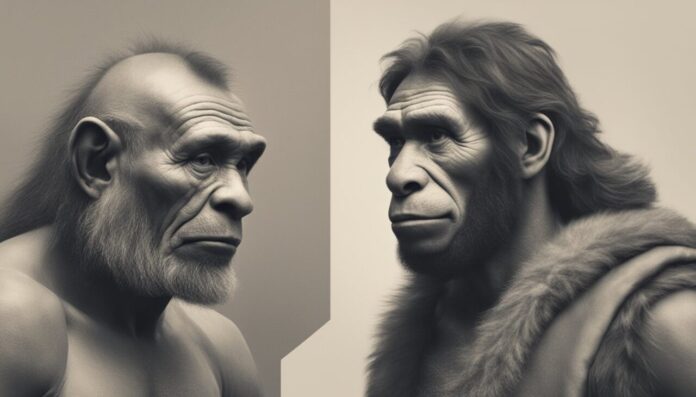
We all know that Neanderthals lived on Earth long time ago. Well, actually not so long ago in the grand scheme of things. They disappeared some 40,000 years ago.
We will explain later how that happened exactly.
For now, imagine a world where Homo sapiens aren’t the only intelligent species walking the Earth. Neanderthals, our ancient relatives, live alongside us—working, socializing, even dating us.
In this alternate history, Neanderthals never went extinct. Instead, they’ve integrated into modern society, creating a world that’s not just different, but downright strange.
What would life look like if these strong, stocky cousins of ours were still around?
Would our societies be divided along species lines? How would our cultures, governments, and even romantic relationships change?
To make sense of this alternate reality, let’s dive into the major differences between Homo sapiens and Neanderthals, what might have happened if they hadn’t disappeared, and the wild scenarios that could play out in such a world.
The Differences Between Neanderthals and Homo Sapiens
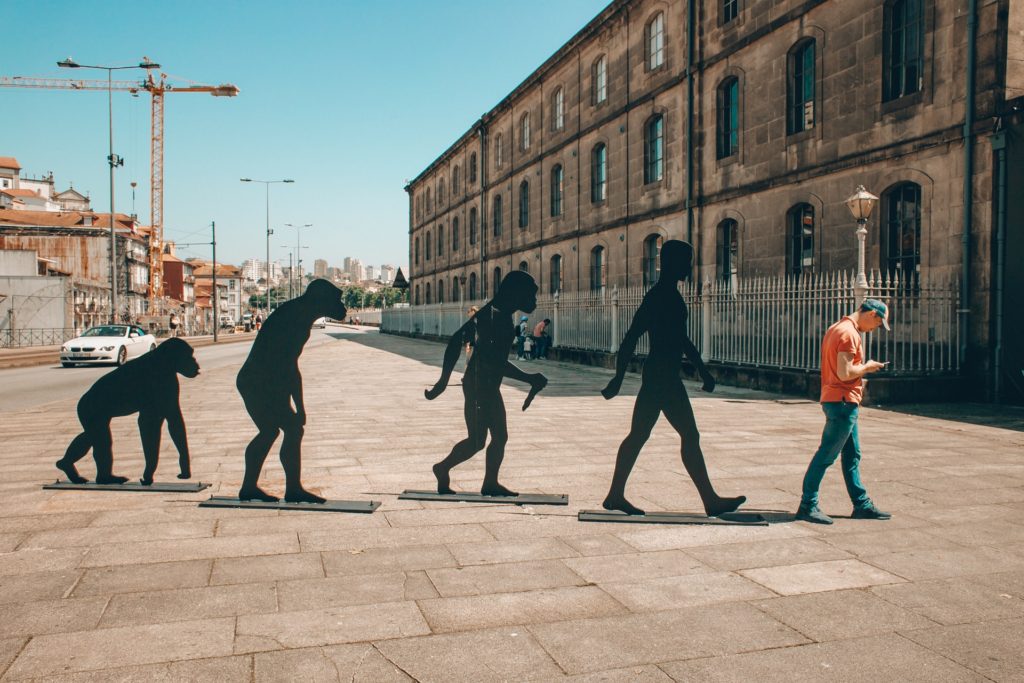
First, we need to understand the fundamental differences between Neanderthals and Homo sapiens.
Both species shared a common ancestor, but our evolutionary path took different direction than theirs. We have very similar DNA as Neanderthals but they looked, lived, and likely thought quite differently.
| Feature | Neanderthals | Homo sapiens |
| Body Build | Shorter, stockier, more muscular | Taller, leaner |
| Brain Size | Larger brain (1600 cc) | Smaller brain (1300 cc) |
| Skull Shape | Long, low skull with prominent brow ridges | Rounder skull, higher forehead |
| Nose | Large, wide nose adapted for cold air | Smaller, narrower nose |
| Teeth | Larger front teeth with heavy wear | Smaller teeth, better suited for varied diets |
| Tools | Basic tools (Mousterian technology) | Advanced tools, art, and culture |
| Language | Possibly simpler or less expressive | Complex language, symbolic communication |
| Diet | Heavily meat-based | Varied, including plants and grains |
| Art | Sparse, some evidence of ornaments | Rich artistic expression (sculpture, cave art) |
Intellectual Capabilities: Bigger Brains Don’t Mean Smarter

One of the most interesting aspects of Neanderthals is their brain size—on average, Neanderthals had larger brains than modern humans.
But brain size alone doesn’t equate to intelligence. The structure of the brain, how different regions are developed, and how they’re used play a significant role.
Neanderthals likely excelled in certain tasks requiring spatial awareness, such as hunting or navigating rough terrain. However, Homo sapiens certainly had the upper hand when it came to social organization, language, and abstract thinking.
It’s possible also that Neanderthals could process information differently. Maybe they were more hands-on, better at physical problem-solving but less adept at abstract reasoning or long-term planning.
It’s hard to know for sure but had Neanderthals survived, we might have seen a society where different intellectual strengths complemented each other.
Interesting fact: Some researchers speculate that Neanderthals had a less developed prefrontal cortex, which could mean they weren’t as capable of complex social interactions or long-term planning as Homo sapiens.
Why Did Neanderthals Disappear?

The big mystery surrounding Neanderthals is their disappearance. While Homo sapiens thrived and spread across the globe, Neanderthals slowly faded away.
Why?
Well, there are several theories. One suggests that Homo sapiens outcompeted Neanderthals for resources. As modern humans migrated into Europe, where Neanderthals lived, they brought with them better tools, more sophisticated social structures, and a greater ability to adapt to changing environments.
Most likely the most important factor deciding which species will survive was the creation of bigger social groups and communities.
Namely, Homo sapiens were much better at forming larger social groups and creating complex communities, which gave them a significant advantage over Neanderthals.
Well, just imagine going into a fight alone versus 20 organized other people. Result would be pretty clear.
Another theory is that climate change played a role. As the Ice Age ended, the environment in Europe shifted.
Neanderthals, adapted for cold weather with their stocky builds and large noses, may have struggled to survive in the warming climate.
There’s also the possibility that Neanderthals didn’t completely die out but were absorbed into Homo sapiens populations through interbreeding.
This is supported by the fact that most non-African humans today carry 1-2% Neanderthal DNA.
Interesting fact: Neanderthals lived in Europe and parts of Asia for nearly 300,000 years—longer than modern humans have existed.
A Modern-Day Neanderthal And Speciesism?
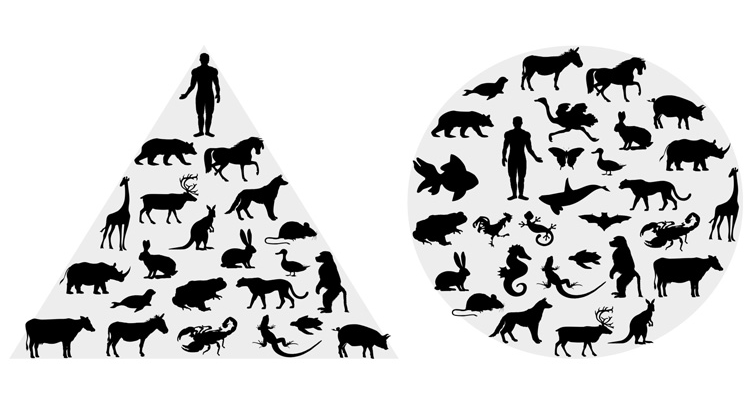
If Neanderthals were alive today, one of the biggest social issues would likely be speciesism, or perhaps something resembling racism.
Humans have a loooong history of discriminating against those who look, think, or act differently.
Would Homo sapiens view Neanderthals as equals, or would they face prejudice?
Consider the way human societies have often treated other racial or ethnic groups. If Neanderthals had survived into the modern era, it’s very probable they’d be marginalized or stereotyped based on their physical differences.
Their shorter, more muscular bodies and different facial features could lead to huge biases.
On the flip side, Neanderthals might also be admired for their strength or perceived resilience.
Certain jobs or sports might become associated with Neanderthal strength, while intellectual fields could remain dominated by Homo sapiens.
However, most likely, this would again create additional discrimination.
If we currently don’t know how to live peacefully among ourselves, then how could we expect that we’d accept different species (yet very similar to us) as equals?
We could even go that far to say that perhaps we’d have slaughterhouses for Neanderthals. It does sound gruesome, but just remember that currently thousands of people are being killed in different wars around the world.
So, yeah, two very similar species would most likely have many many problems.
Nevertheless, let’s expand our imagination and delve into some, perhaps, strange scenarios.
Interesting fact: In the animal kingdom, many species develop hierarchies based on physical traits. If Neanderthals had survived, we might see similar hierarchies between Homo sapiens and Neanderthals.
Inter-Species Dating Apps and Strange Fetishes

Let’s dive into the slightly bizarre. In a world where Neanderthals and Homo sapiens coexist, dating would get weird.
Sure, there’d be interspecies relationships—after all, humans and Neanderthals already interbred thousands of years ago.
But how would this play out in modern times?
Imagine a world where dating apps offer filters not just by age, height, or interests, but also by species.
You could swipe left on Homo sapiens and right on Neanderthals. Profiles might list traits like “Strong, silent type” or “Loves the outdoors—literally.”
Heh, the cultural differences would be striking.
Neanderthals might have simpler emotional expressions, preferring directness (hint= immediate copulation) over subtle flirting. They might perhaps bond over physical activities like hunting.
And, as with anything, the strange side of the internet would emerge. Some people would undoubtedly develop fetishes for Neanderthals, driven by their powerful physiques and perceived “primal” nature.
In the darkest corners of the web, you’d find niche communities obsessed with Neanderthal-human dynamics.
Sites like NeanderTube.com would emerge for sure.
Interesting fact: Some studies show that Neanderthal DNA may affect modern humans' sleep patterns, influencing circadian rhythms and tendencies like being a "night owl." These ancient genes can even impact how we adjust to seasonal changes in daylight.
Could Neanderthals Be More Athletic?

In this alternate reality, professional sports would look a whole lot different. Neanderthals, with their powerful physiques, could dominate sports like weightlifting, wrestling, or football.
Their shorter, stockier bodies and superior strength would give them huge edge in contact sports.
Meanwhile, Homo sapiens might excel in endurance-based sports like marathons or swimming due to their leaner builds.
Would we have separate leagues for each species, or would Neanderthals and Homo sapiens compete against each other?
This raises some strange questions—how do you ensure fairness in competition between two different species?
We’ve already witnessed something like that in the recent Olympic games in Paris. Though this is a completely different topic that we better not touch.
And let’s not forget the possibility of Neanderthal-specific workout regimes becoming the latest fitness trend.
Imagine gyms advertising “Neanderthal training” that focuses on primal strength and endurance. It’d be the CrossFit of an alternate world.
Interesting fact: Some researchers suggest that because Neanderthals were robust and muscular, they may have had a larger penis size compared to modern humans.
Neanderthal Political Parties and Countries?
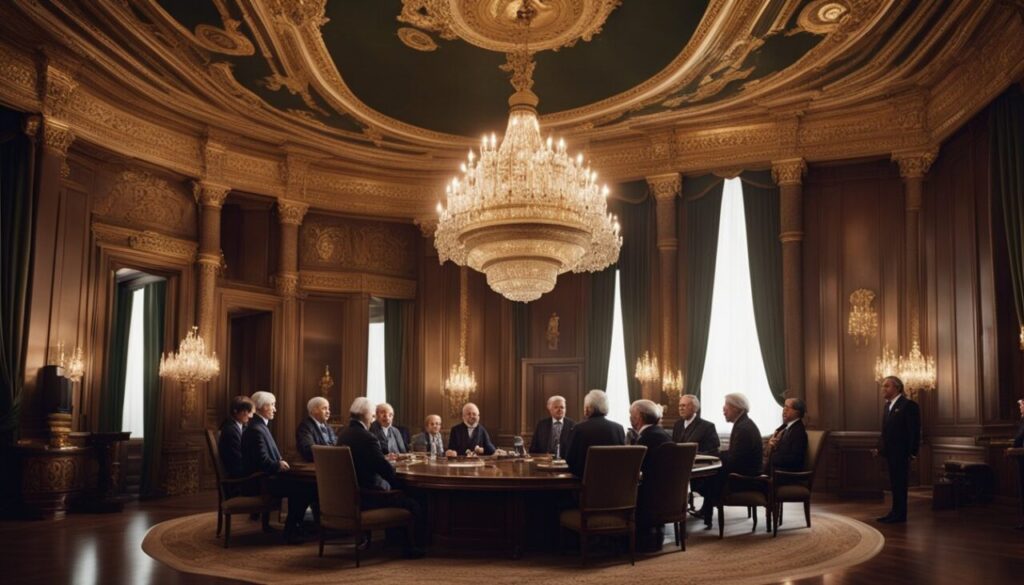
In a world where Neanderthals survive, politics would most likely look very different.
Would Neanderthals have their own political parties, lobbying for species-specific rights? Or would they be part of the broader political spectrum, aligning with Homo sapiens on key issues?
Or even stranger, would they have their own countries?
One thing’s for sure—there would likely be some kind of separation.
Neanderthal Medicine
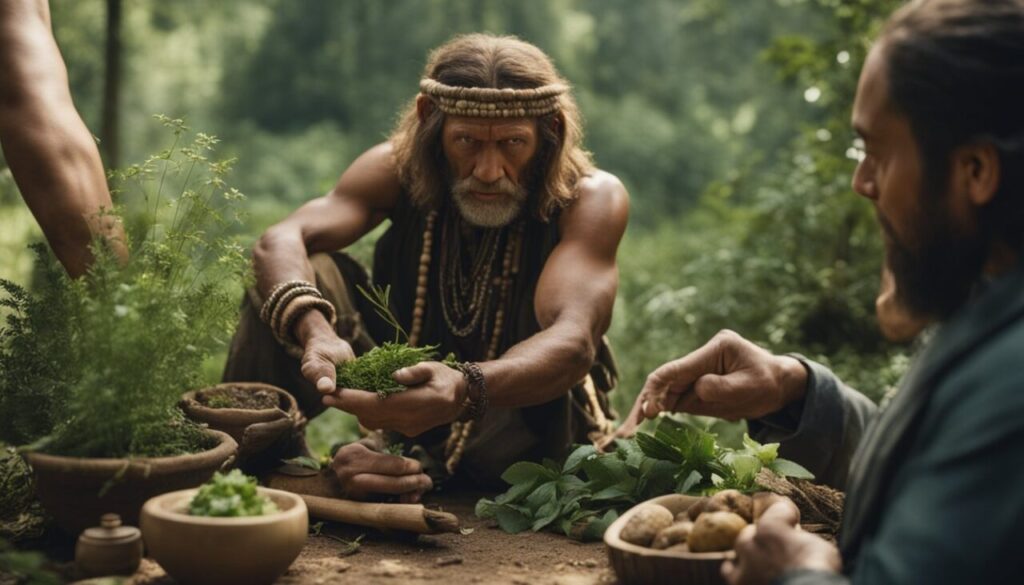
With a life filled with hunting and manual labor, Neanderthals experienced more than their fair share of cuts, bruises, and broken bones.
What’s fascinating is that Neanderthals may have had their own form of medical knowledge.
Archaeological evidence shows that they likely used plants with medicinal properties, like yarrow and chamomile, to treat wounds or digestive issues.
In our alternate reality, Neanderthal doctors might bring a totally different approach to healthcare.
They might emphasize natural remedies, using ancient herbal treatments over modern pharmaceuticals.
Or, in a bizarre twist, perhaps Neanderthals develop their own alternative medicine system—something like chiropractic care but for the whole body, with a focus on aligning bones, muscles, and the nervous system.
Can you imagine walking into a doctor’s office staffed by Neanderthals? Instead of MRI machines, they might use hands-on techniques to diagnose and treat.
Heck, this approach might be even more effective than our current health system.
Interesting fact: Neanderthal bones show signs of healed fractures without significant deformities, suggesting they had ways of treating injuries.
Neanderthal Shamanism in Modern Times?
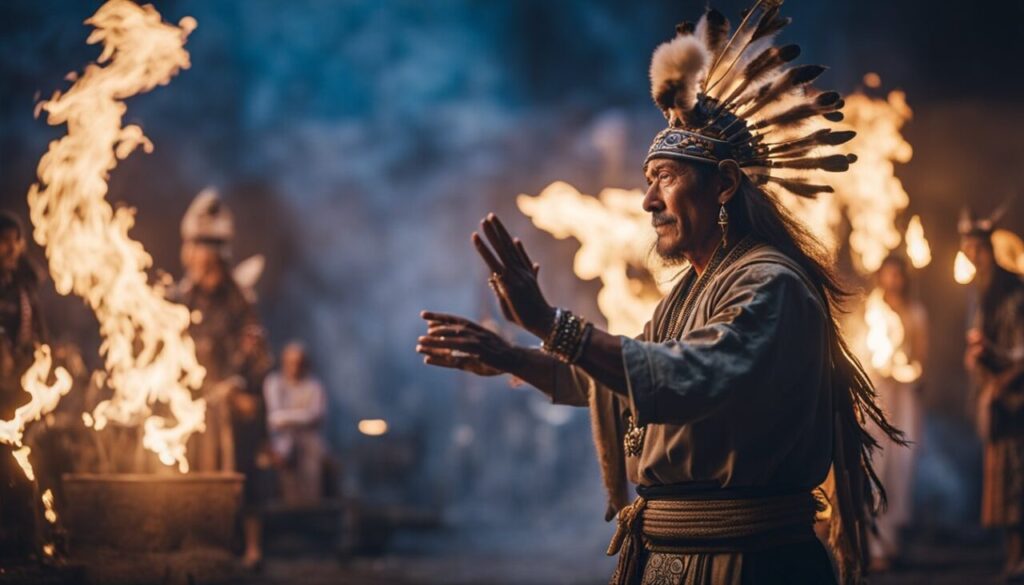
Neanderthals most likely had their own spiritual beliefs. Evidence of intentional burials suggests they held some concept of an afterlife or spiritual world.
Now, imagine Neanderthal spirituality surviving to the present day. Instead of attending traditional churches or temples, people might gather around massive stone circles, engaging in rituals passed down through generations of Neanderthals.
Neanderthals may have viewed nature as sacred (as we should also).
Their rituals could involve fire, earth, water, and air—elements tied directly to their survival in ancient times.
Imagine Neanderthal shamans leading rites that combine dance, song, and offerings to the spirits of the forest, mountains, and sky.
Perhaps people seeking an escape from the stresses of technology and urban life would flock to Neanderthal-led retreats, learning how to reconnect with the earth and live in harmony with the natural world.
Surely it would be an interesting coexistence.
One species obsessed with money and materialism while other species completely connected with nature.
Interesting fact: Some Neanderthal burial sites contain flowers, suggesting they used symbolic objects in their rituals and had an emotional connection to the dead.
A Different World: Two Species, One Planet
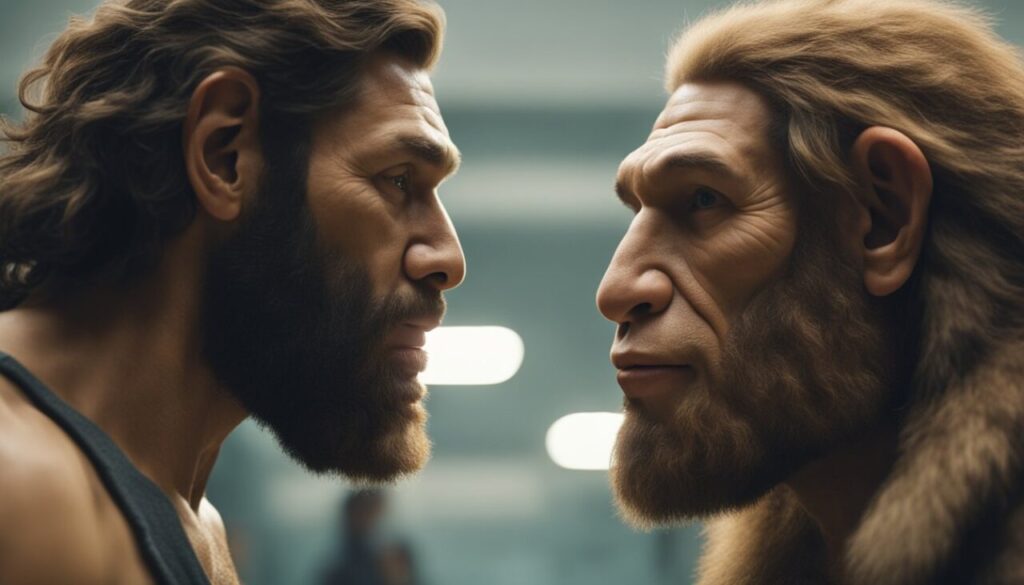
Had Neanderthals survived, our world would certainly look differently.
With two intelligent species walking the Earth, everything from work and family to dating and politics would be different.
The physical and intellectual differences between Homo sapiens and Neanderthals would create both opportunities and tensions.
And in the middle of it all, the question would remain: Can two species truly coexist as equals?
Would we celebrate our differences, or would we let fear and prejudice drive us apart?
If we were to learn from current human (Homo sapiens) behavior, we would probably have many conflicts with Neanderthals. For example, if there were 80% Homo sapiens and 20% Neanderthals, there’s a good chance we’d see systemic extermination of Neanderthals.
Remember World War II? Or many other devastating wars? What one group of Homo sapiens did to another group of Homo sapiens is gruesome. And people are still doing the same awful things each day.
Would the same things happen with Neanderthals? Well, that’s one scenario for sure.
On the flip side, perhaps two species would create a better society—a society less focused on material possessions, money, control, and careerism, and more oriented toward freedom, spirituality, and connections with nature.
We’ll never know, but it is curious to wonder about those alternate realities.



























